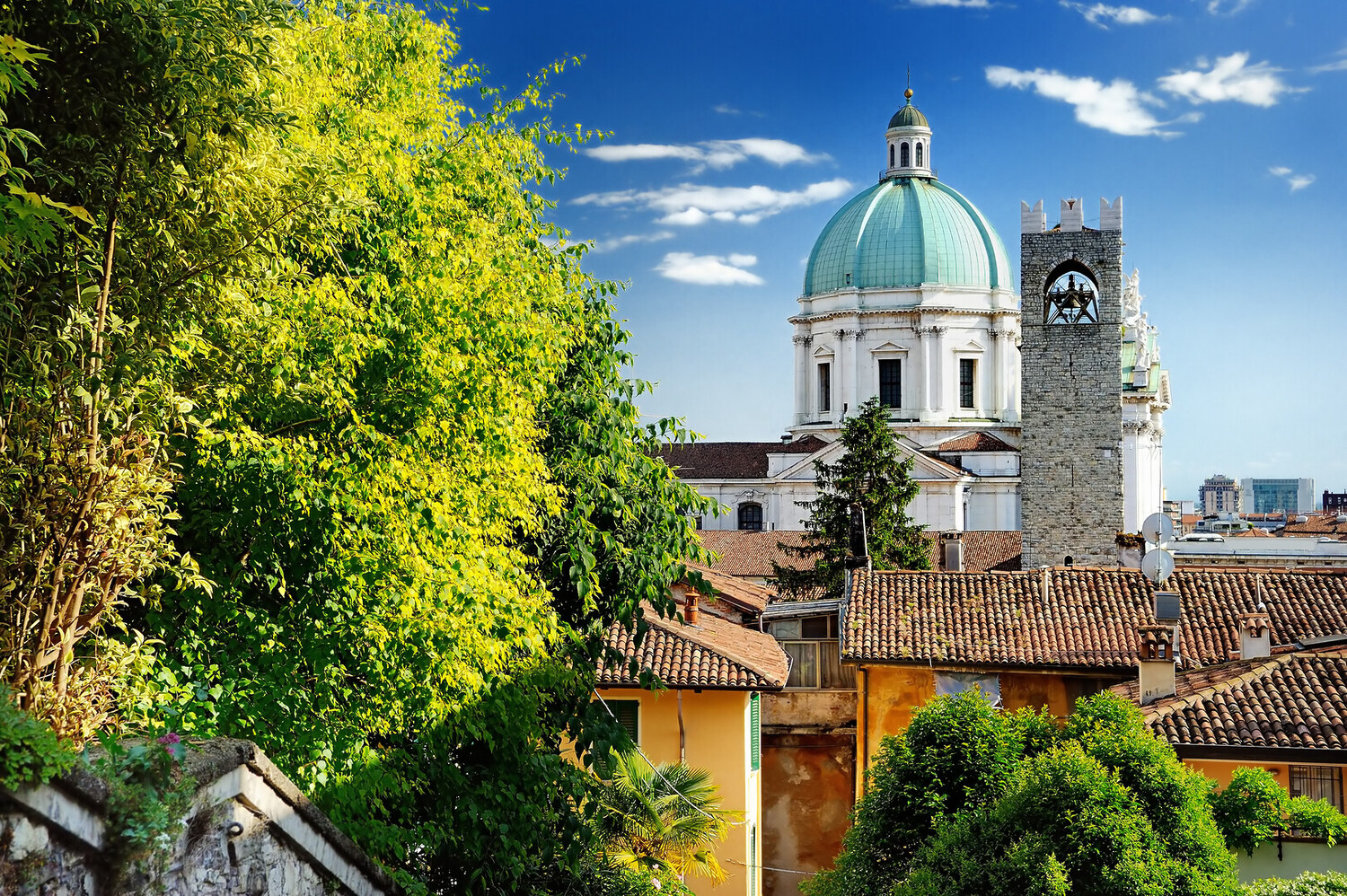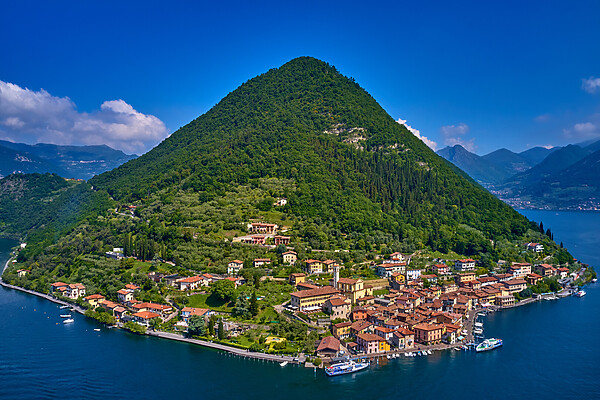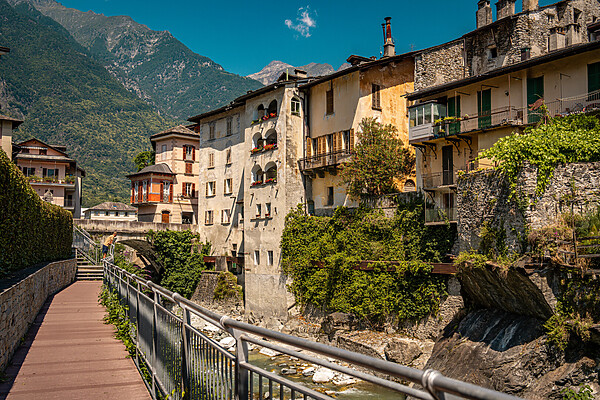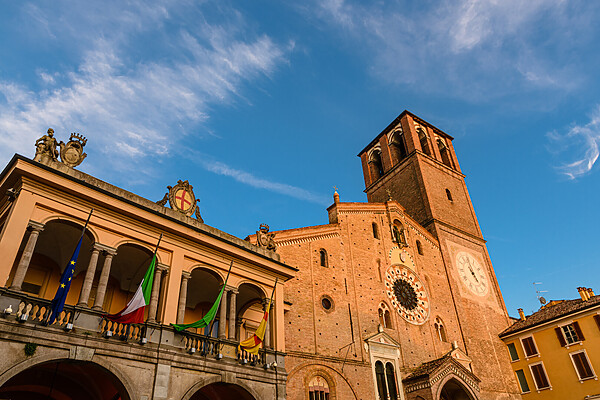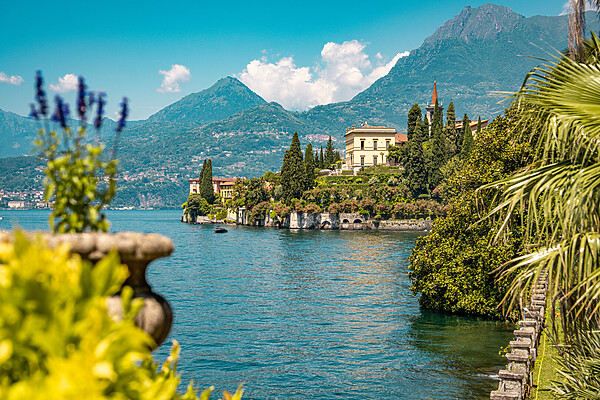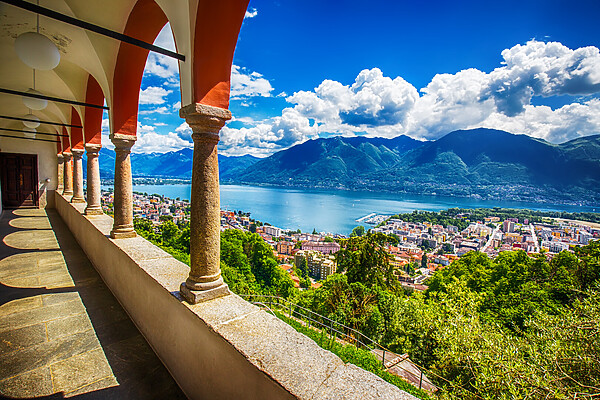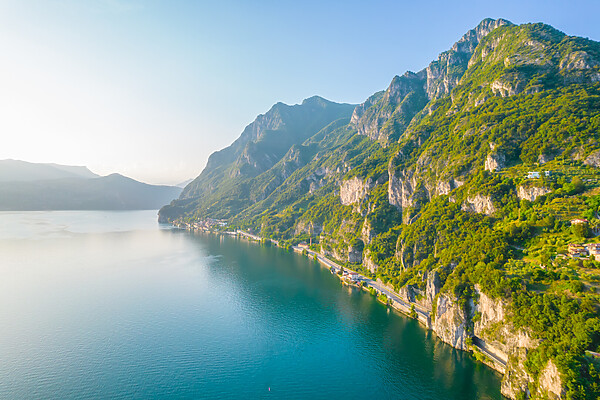Some Italian cities shout for attention, Brescia prefers to let you stumble upon it and fall head over heels. Sitting quietly between Milan and Verona, this northern gem delivers Roman ruins you can walk right up to, piazzas that hum with local life, and food that deserves its own itinerary. If you’re searching for things to do in Brescia, expect a perfect mix of history, charm, and flavors you’ll want to take home. And since it’s also a gateway to Lombardy wine tours, you can easily swap museum steps for vineyard rows and sip a glass of world-class Franciacorta before sunset.
Table of Contents
What are the best things to do in Brescia?
Wander at Piazza della Loggia
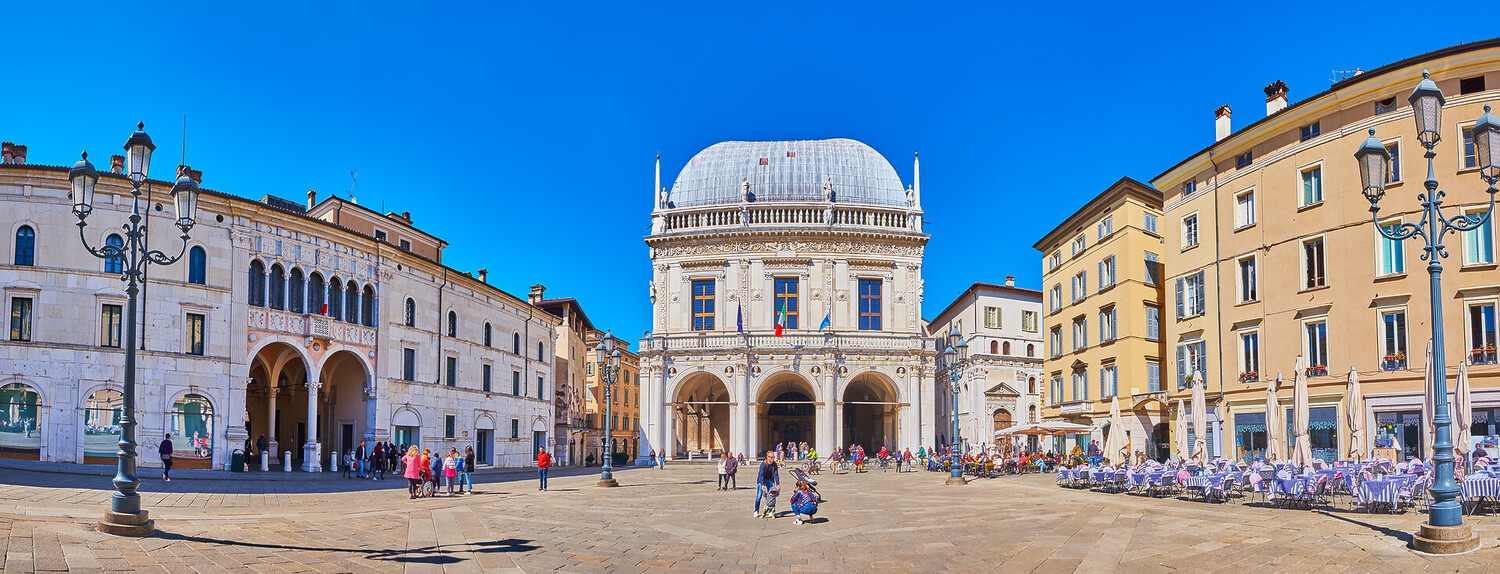
Kick off your Brescia adventure in Piazza della Loggia. Between the graceful arches, the centuries-old clock keeping quiet watch, and the hum of conversation spilling from café tables, it’s impossible not to feel part of the city’s daily life. Grab an espresso, park yourself at a table, and just let Brescia come to you, one sip, one smile, one curious glance at a shop window at a time.
Explore the historical depths of Brescia Castle
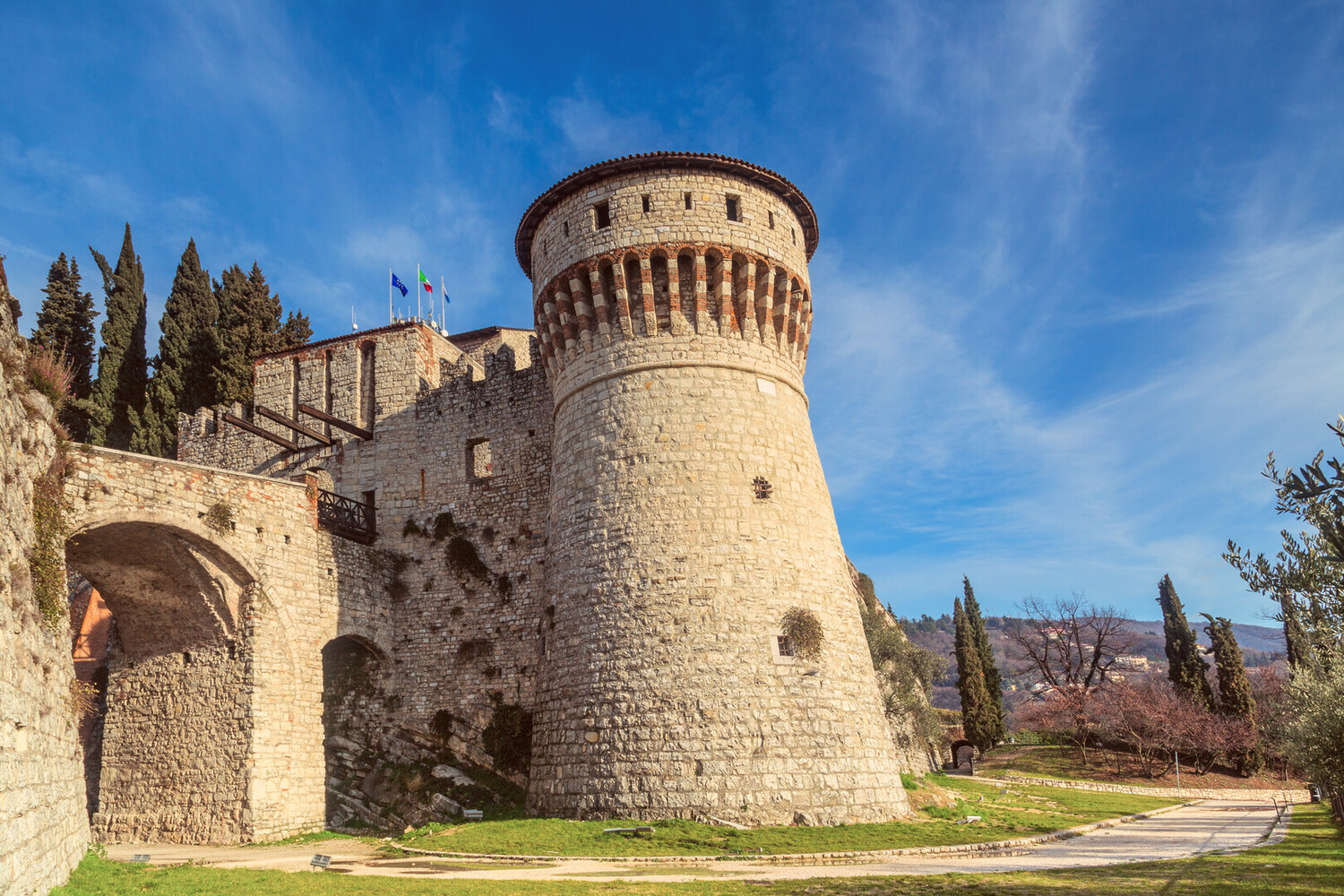
Perched on Capitoline Hill, Castello di Brescia is the perfect spot to get the best view in town. Walk through its old stone gates, climb up to the ramparts, and you’ll see the whole city spread out below with the mountains in the distance. It’s a great place to wander, snap photos, and take a break in the shade before heading back down into the bustle of Brescia.
Visit the Santa Giulia Museum

Museo di Santa Giulia is one of Brescia’s biggest must-sees, and for good reason. Housed in a former Benedictine monastery and part of the UNESCO-listed “Longobards in Italy” sites, it packs in history from Ancient Rome to the Lombard period and the Middle Ages. You can wander through the Basilica di San Salvatore, step into the Roman Domus, and spot original mosaic floors that have survived for centuries. It’s the kind of place where you’ll walk out having actually learned something cool about Brescia without feeling like you spent the day stuck in a classroom.
Marvel at the two Cathedrals of Piazza Paolo VI
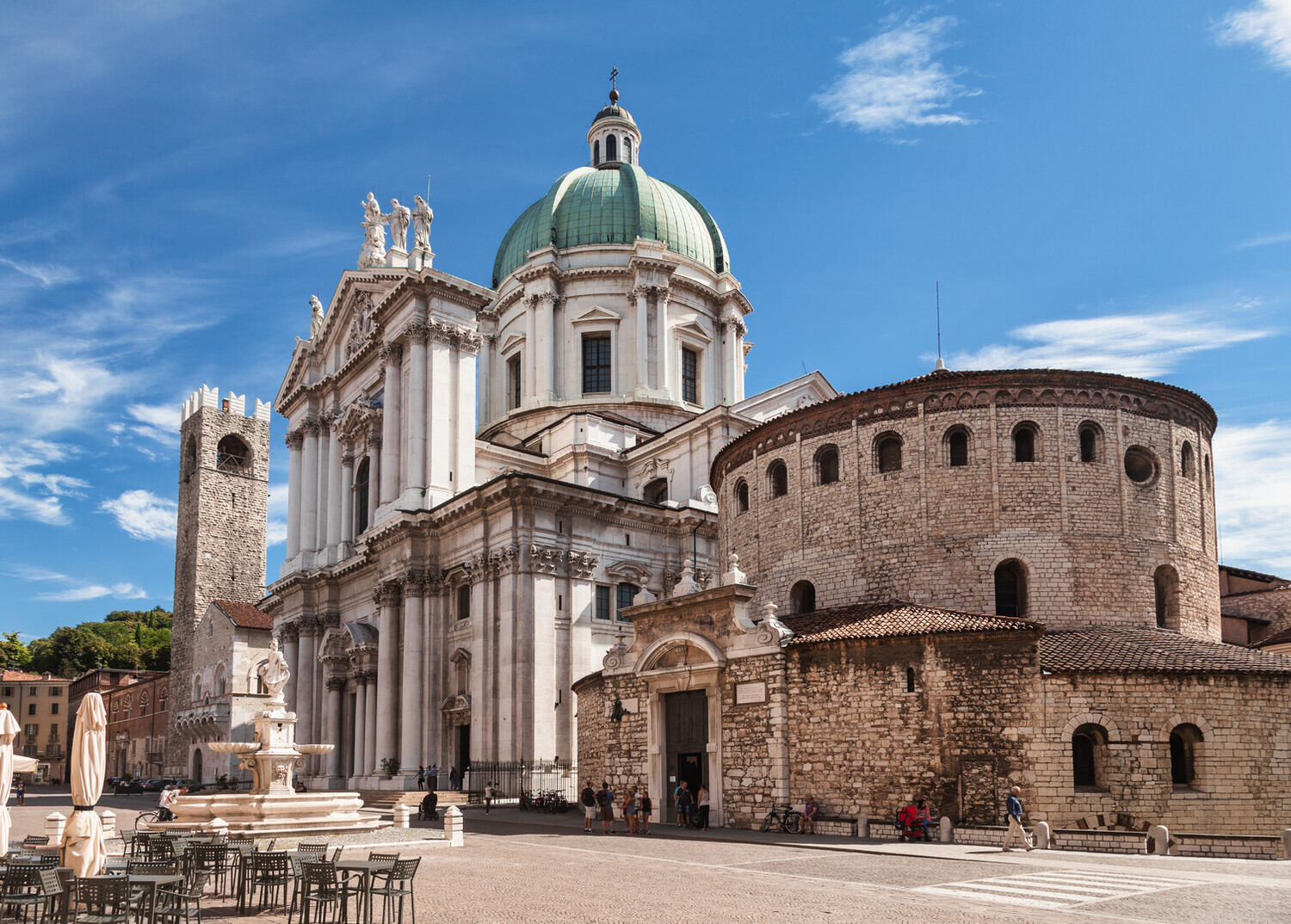
Piazza Paolo VI is where Brescia shows off a pretty unique trick: two cathedrals sharing the same square. The Old Cathedral (Duomo Vecchio), built in the 11th century, is all solid stone and Romanesque charm, while the New Cathedral (Duomo Nuovo) towers beside it with a dome that gives Florence some healthy competition.
Step back in time at the Capitolium of Brixia
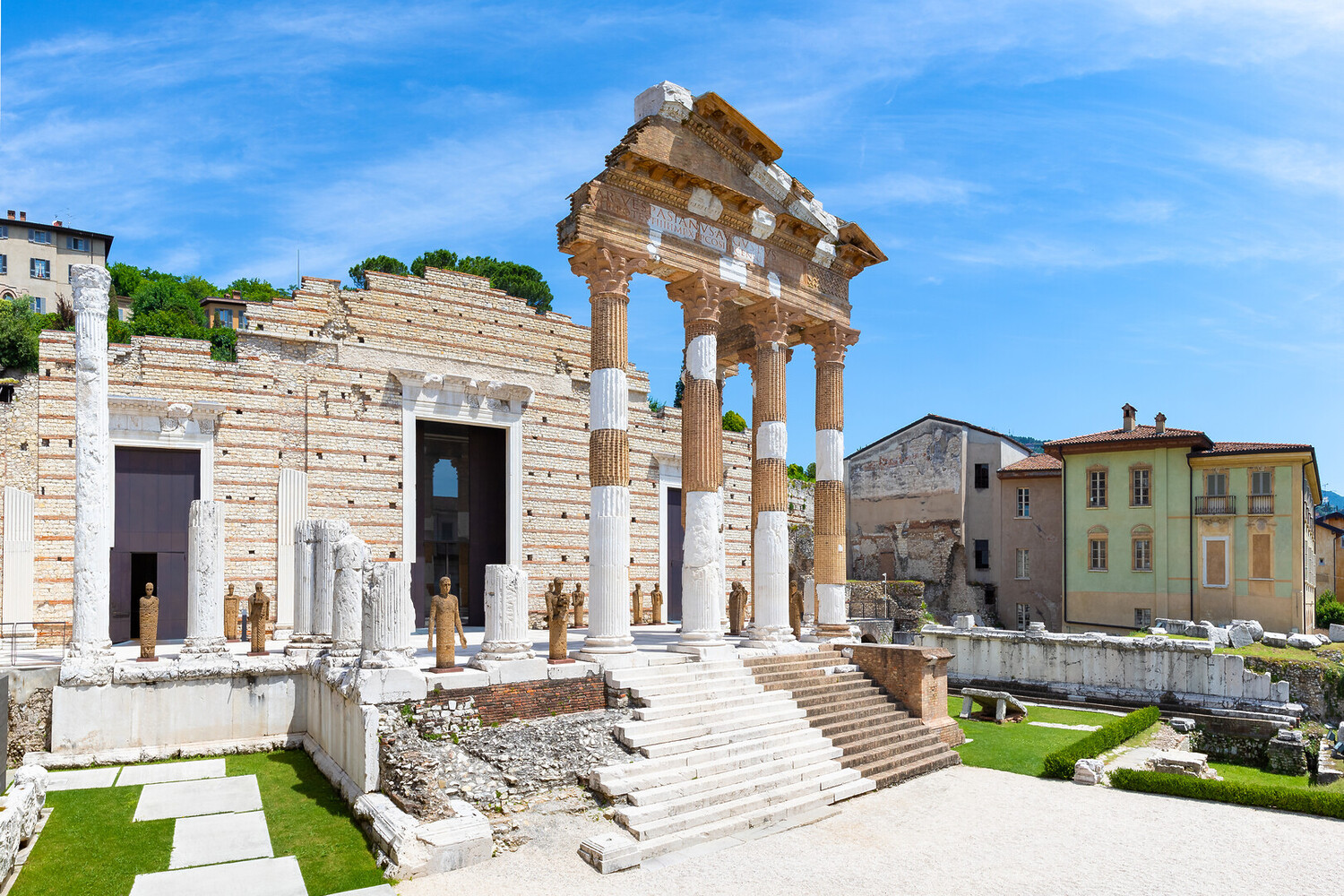
Step back into Roman times at the Capitolium, once the heart of ancient Brixia. This UNESCO-listed site still has towering columns, mosaics, and the remains of the old Forum, plus a Roman theatre just next door. It’s one of those places where you can actually stand on centuries-old stone and picture the hustle of a Roman city in full swing.
Stroll through Piazza Vittoria
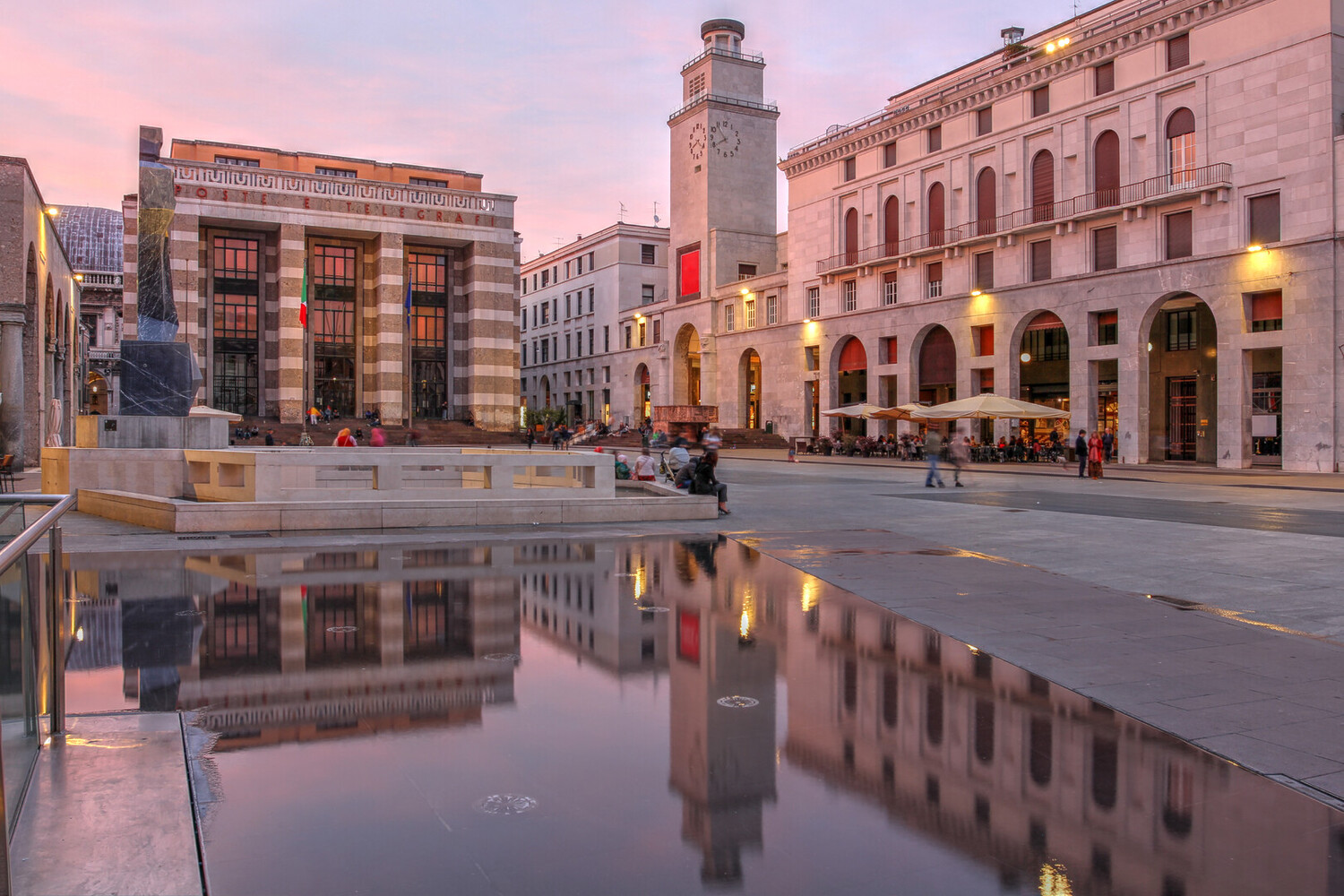
Piazza Vittoria brings a bold 20th-century twist to Brescia, with clean lines and symmetry inspired by Italian rationalist architecture. It’s spacious, lively, and home to one of Europe’s quirkiest metros, part underground station, part open-air museum of modern mobility. Perfect spot for snapping a few unexpected shots of the city before moving on.
Head to Palazzo Broletto
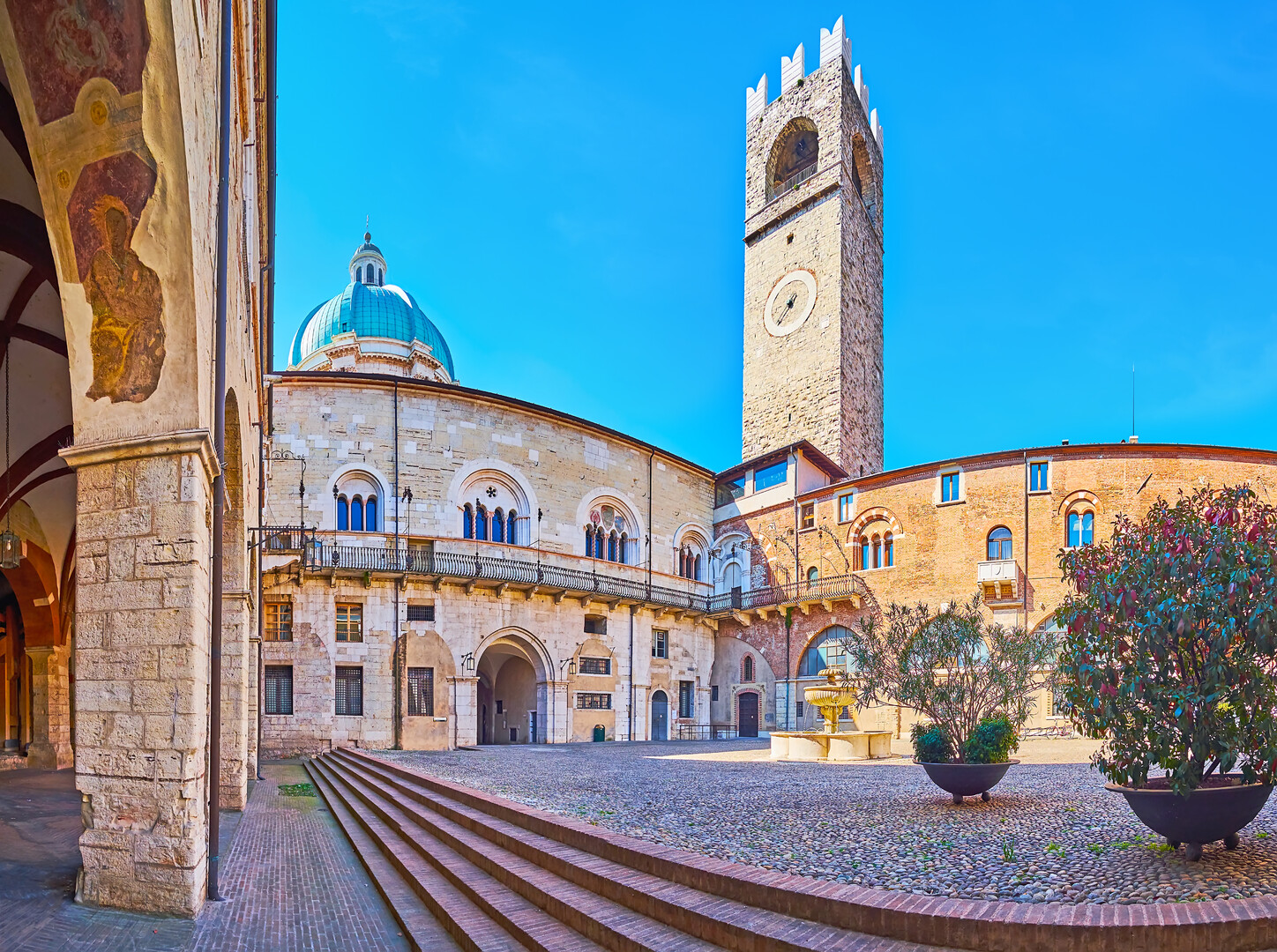
Step into the quiet courtyard of Palazzo Broletto and you’ll find a charming scene straight out of Brescia’s everyday life, a graceful stone fountain at the center, framed by the historic clock tower and lush potted plants. It’s a peaceful corner to pause, snap a photo, and soak in the understated beauty of the city.
Snap the clock tower
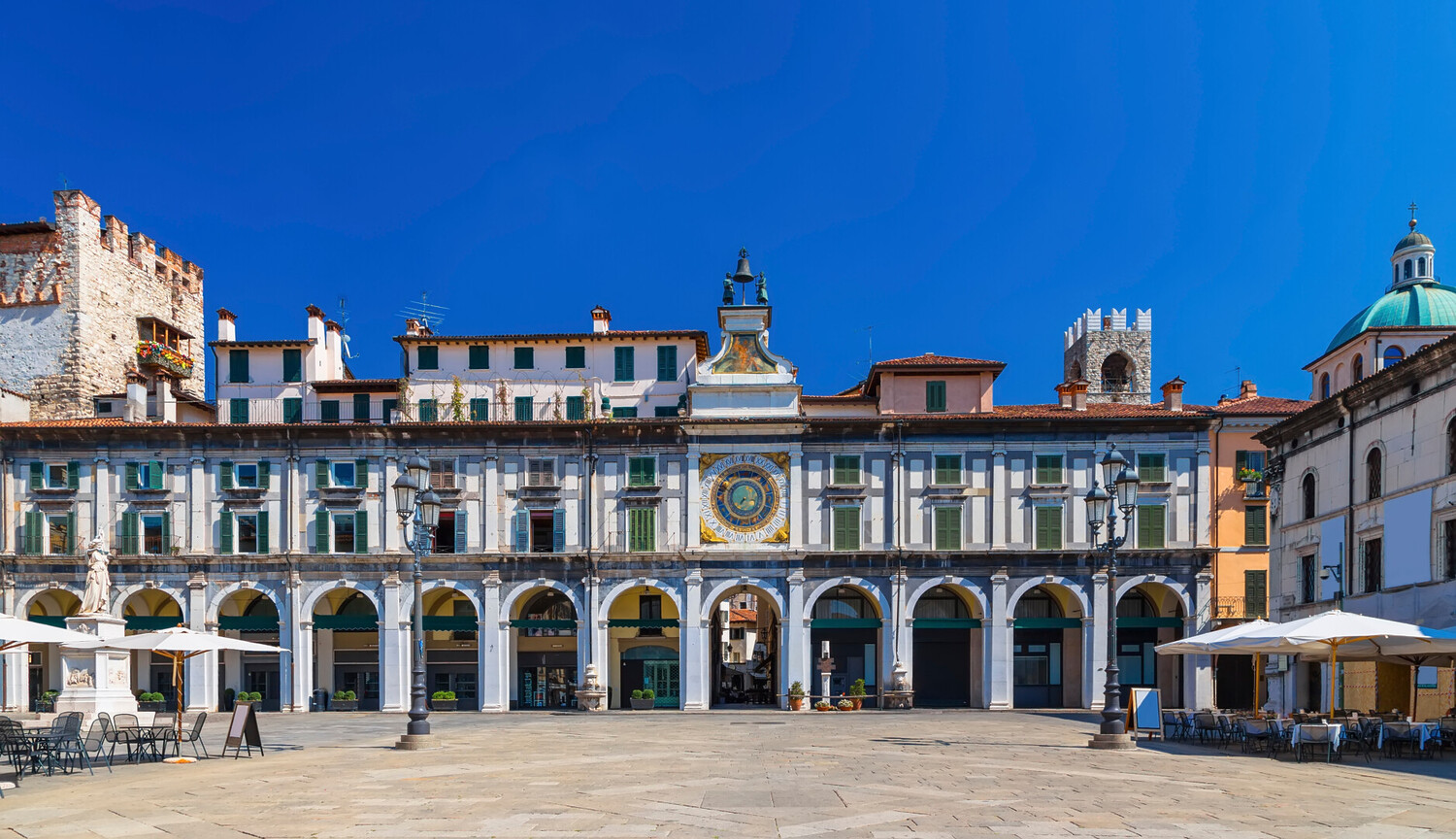
Before you wrap up your time in Brescia, swing by the Clock Tower in Piazza della Loggia. As the sun sets, its warm glow turns the medieval facade into a striking golden centerpiece, just the kind of shot that belongs both in your travel album and on your socials.
What are the best things to do around Brescia?
Raise a glass in the heart of Lombardy

From the sparkling elegance of Franciacorta to the bold reds of Valtellina, the Lombardy wine region is a paradise for wine lovers. Rolling vineyards stretch between lakes, mountains, and medieval towns, offering not only world-class pours but also postcard-worthy views at every stop. Here, you can tour family-run wineries, enjoy long lunches with regional pairings, and taste wines you won’t find anywhere else. It’s the perfect excuse to slow down and savor northern Italy, one glass at a time.
Wander the lakeside charm of Sirmione

About 45 minutes from Brescia, Sirmione stretches like a slender finger into the shimmering waters of Lake Garda, Italy’s largest lake. Here, Roman history meets lakeside leisure, think ancient ruins overlooking the water, the fairytale towers of Scaliger Castle, and steaming thermal springs just steps from the shore. Stroll the narrow lanes, stop for gelato with a view, and let the slower rhythm of the lake wash over your day before heading back to Brescia.
Visit the romantic town of Bergamo

Around 40 minutes from Brescia, Bergamo is the kind of city that pulls you in without trying. It’s Città Alta, reached by a historic funicular, feels like a step back in time with cobblestone streets, old towers, and sweeping views over the Lombardy plains. Wander between Romanesque churches, grab lunch in a sunny piazza, and don’t skip a stop at one of the nearby Bergamo wineries for a glass (or two) of the local reds.
Ready for more? Check out my full guide on how to visit Bergamo Italy like a local.
Stroll through vineyards by Lake Iseo
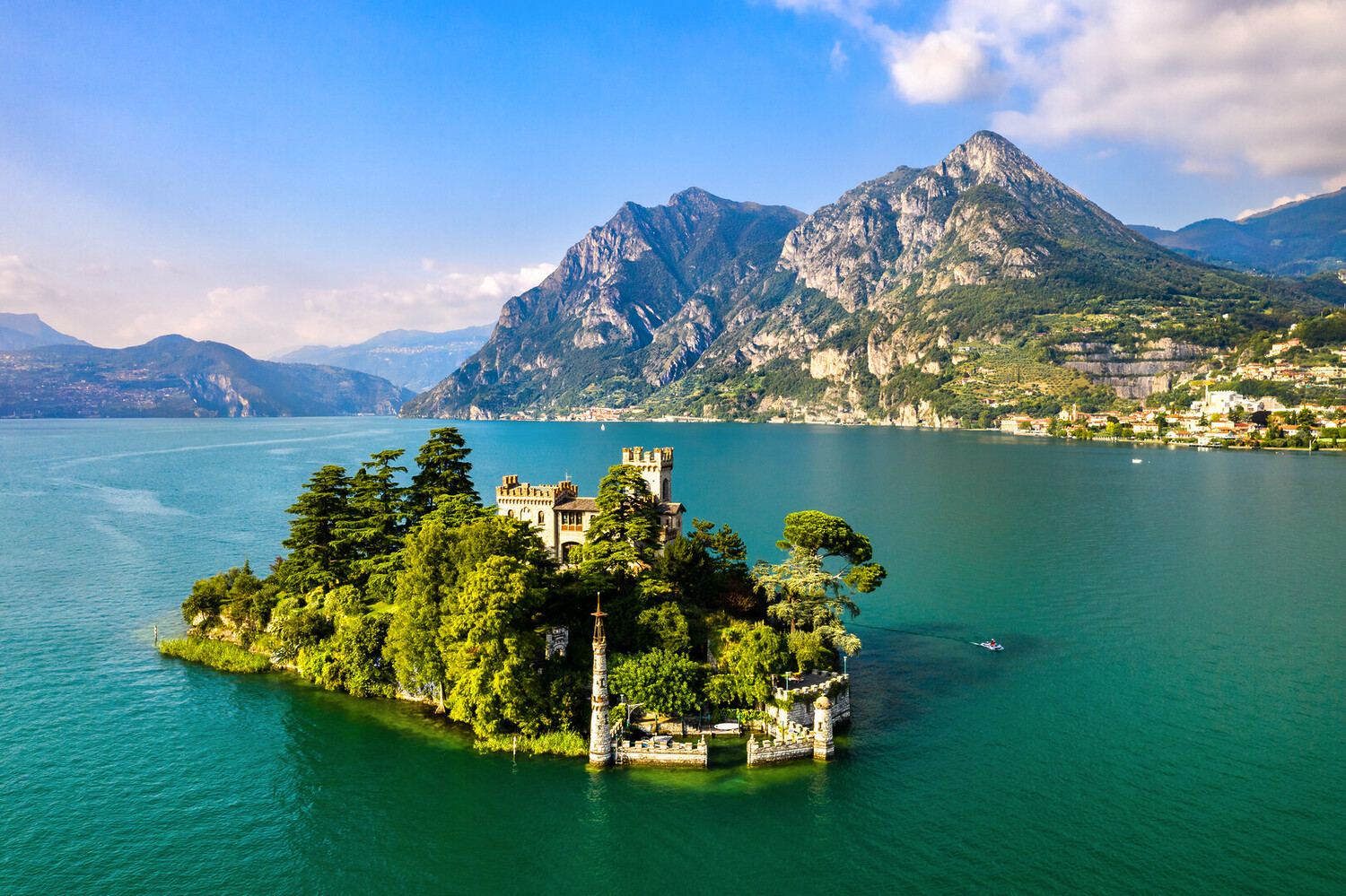
Less than an hour from Brescia, Lake Iseo is the quiet escape you didn’t know you needed. Framed by green hills and dotted with wine villages like Iseo and Sulzano, it’s the perfect mix of lazy lakeside vibes and vineyard charm. Hop on a ferry to Monte Isola, the largest lake island in Europe, for a walk, a bike ride, or a long lunch by the water. Pair it with a glass from the surrounding Franciacorta wine region, and you’ve got a day that blends nature, flavor, and pure relaxation.
Discover the Renaissance heritage of Verona

Famous as the backdrop for Shakespeare’s Romeo and Juliet, Verona (56 minutes from Brescia) is also home to the impressive Roman Arena, lively medieval squares, and elegant Renaissance palaces. Spend the day wandering between monuments, pausing for a spritz in Piazza delle Erbe, or simply soaking in the atmosphere that makes Verona one of Northern Italy’s most charming cities. It’s the perfect cultural counterpoint to Brescia’s own gems, from the Duomo Vecchio to the Basilica of San Salvatore.
Complete your trip, discover what are the best things to do in Verona!
Good to know before visiting Brescia
Is Brescia worth visiting?
Yes, Brescia is definitely worth visiting. Often overshadowed by nearby cities like Milan and Verona, Brescia offers a rich mix of Roman ruins, medieval architecture, and Renaissance art. It’s less touristy than other Italian destinations, which means fewer crowds and a more authentic experience. The city also serves as a great base for exploring Lake Garda and the Franciacorta wine region.
What is Brescia known for?
Brescia is known for its well-preserved Roman archaeological sites, including the Capitolium and Roman Forum, both part of a UNESCO World Heritage Site. The city is also celebrated for its Renaissance architecture, particularly the New Cathedral (Duomo Nuovo), and its fascinating museums like Santa Giulia. Brescia is a hub for the Mille Miglia classic car race and is also renowned for producing fine wines in the nearby Franciacorta region.
Where is Brescia located in Italy?
Brescia is located in the Lombardy region of northern Italy, roughly halfway between Milan and Verona. It’s situated at the foot of the Alps, close to Lake Iseo and Lake Garda. The city is well-connected by train, making it easy to reach from major cities like Milan, Venice, or Bergamo.
What are the top 10 things to do in Brescia?
Here’s a curated list of the top 10 must-see sights and activities in Brescia:
- Visit the Roman Capitolium and Forum (UNESCO Site)
- Tour the Santa Giulia Museum Complex
- Climb up to Brescia Castle for panoramic views
- Admire the Duomo Vecchio (Old Cathedral)
- Check out the Mille Miglia Museum
- Explore Piazza della Loggia and its Renaissance architecture
- Wander around the vibrant Piazzale Arnaldo market area
- Walk through the Museo di Santa Giulia’s art collections
- Take a day trip to Franciacorta for wine tasting
- Relax at nearby Lake Iseo or take a short drive to Lake Garda
Is Brescia walkable?
Yes, Brescia is highly walkable. The historic center is compact and easy to explore on foot. The best things to do in Brescia are located within a short walking distance of each other. The city also has pedestrian-friendly streets, charming alleys, and plenty of plazas to relax in, making walking the ideal way to soak up its atmosphere.
Is Italy safe?
Italy, including Brescia, is generally very safe for visitors. Petty crimes like pickpocketing can occur, especially in crowded places and on public transport, but violent crime is rare. As always, practice common safety measures such as being cautious with valuables, staying in well-lit areas at night, and using officially licensed taxis or public transportation.
What are the best hotels in Brescia?
Brescia offers a range of accommodations to suit different tastes and budgets. Top-rated places to stay include:
- Hotel Vittoria – A 5-star hotel with classic charm located near Piazza della Loggia.
- Hotel Master – Modern amenities close to Brescia Castle, ideal for business and leisure.
- Centro Paolo VI – A serene and elegant hotel in a historical palazzo with gardens.
- AC Hotel Brescia by Marriott – Contemporary style and comfort near Brescia train station.
What are the best restaurants to discover local food in Brescia?
To explore traditional Brescia cuisine, consider dining at these top local restaurants:
- Osteria al Bianchi – A beloved local favorite serving classic Brescian dishes like casoncelli and manzo all’olio.
- La Trattoria Mezzeria – Known for its warm atmosphere and seasonal Lombard specialties.
- Locanda delle Mercanzie – Elegant and modern with a menu that merges tradition and creativity.
- Antica Trattoria del Forum – Near the Roman ruins, this spot offers a historic ambiance and hearty regional meals.
- Veleno Ristorante – Fine dining with beautifully plated local ingredients and wines from Franciacorta.
What is the cost of living and visiting Brescia like?
Brescia is relatively more affordable compared to major tourist cities like Milan or Florence. Dining out is reasonably priced, and there are excellent local trattorias that offer authentic meals at great value. Hotel prices vary by season but generally remain accessible. Public transportation is efficient and affordable, and many attractions offer free or low-cost entry. This makes Brescia an attractive destination for budget-conscious travelers who still want a rich cultural experience.


